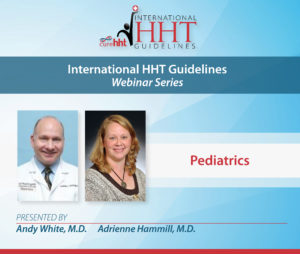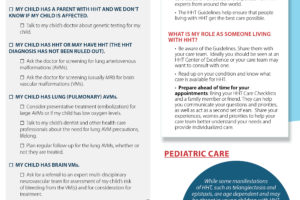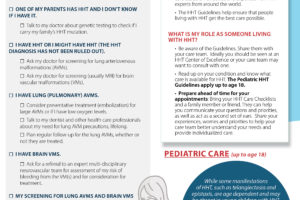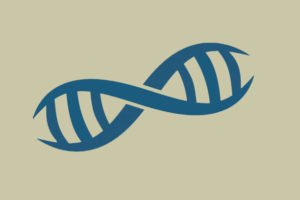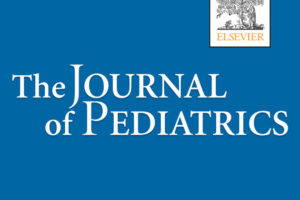International HHT Guidelines: Pediatrics (Recorded)
Dr. Andrew White, Co-Director, Washington University / St. Louis Children’s Hospital HHT Center of Excellence and Dr. Adrienne Hammill, Director, Cincinnati Children’s Hospital HHT Center of Excellence discuss the new pediatric International HHT Guidelines. While some manifestations of HHT, such as telangiectasia and nosebleeds, are age dependent and may be absent in young children with HHT, potentially serious and even life-threatening complications of pulmonary (lung) arteriovenous malformations (AVMs) and brain vascular formations (VMs) can occur at any age. Drs. White and Hammill take the audience through the guideline recommendations for screening and treatment. This one-hour webinar features 40 minutes of physician presentations immediately followed by an additional 20-minute Q&A session.
In addition, learn how to use the “My Child’s HHT Care Checklist” and the “My Teen Years HHT Care Checklist” to ensure that you and your family members are receiving the best possible care for HHT. All HHT Care Checklists are available in our Comprehensive Guide to Managing Your HHT booklet – Request your complimentary copy today.
The International Guidelines for Patient Care page on the Cure HHT website provides a complete listing of all topic areas and resource materials.
Key points from webinar:
- Children can have no symptoms (i.e., nosebleeds, skin telangiectasia, fatigue, etc.) but still have inherited the HHT gene.
- Research shows that Pulse Ox can over-estimate oxygen levels in children. For example, a child may have a reasonable pulse ox of 92%-96% but their true oxygen level is >88% which actually requires intervention. This over-estimation of oxygen levels occurs three times more often in patients with darker skin.
- Children can have serious complications with lung and brain AVMs, even if they don’t have symptoms. This is why screening all children with HHT, or at-risk for HHT is critical.
- Genetic testing can offer a definitive diagnosis of HHT in children (and other at-risk family members), especially when they appear to be asymptomatic.

